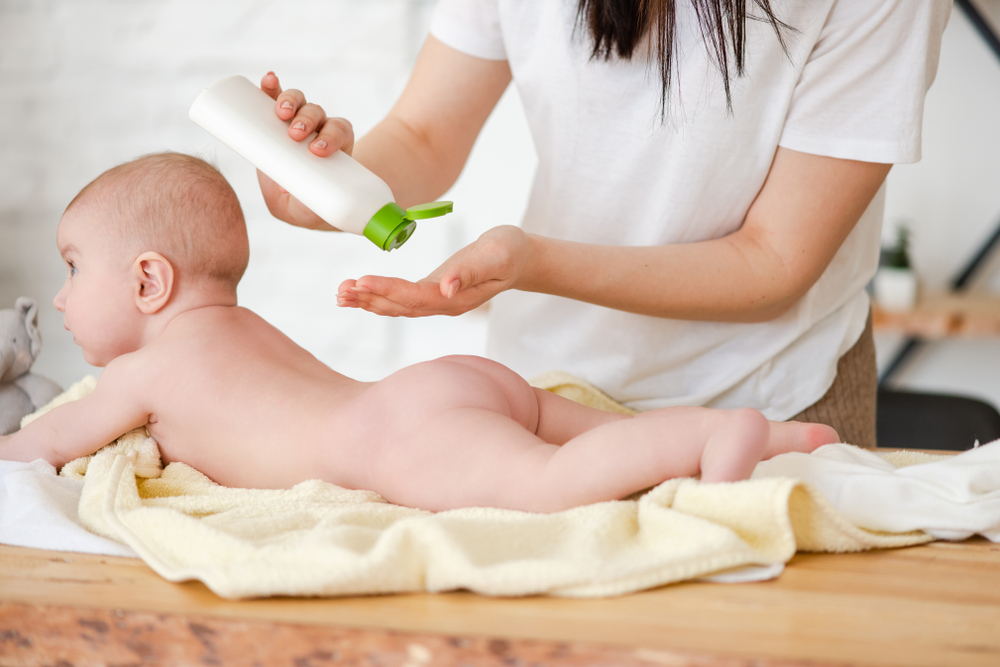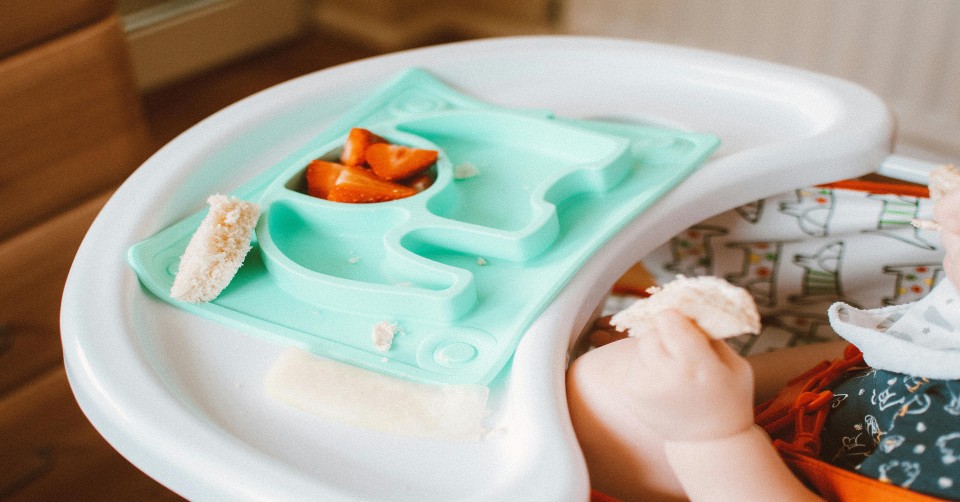Breastfeeding
8 Things will Help you Succeed in Breastfeeding

Taking the decision of breastfeeding is an issue all mothers think about, where half of the mothers decide on whether to breastfeed or not before pregnancy, while the other half decide during pregnancy.
There are several barriers to successful initiation and continuation of breastfeeding:
-
Insufficient prenatal education
-
Lack of support from health professionals
-
Non-supportive hospital policies and practices
-
Early hospital discharge
-
Lack of routine follow up after discharge
-
Promotion of formula
-
Inappropriate interference with breastfeeding
So, what should be done during birth and after? What should we avoid?
-
Birthing experience affects breastfeeding?
Coping with labor may be linked to her success in breastfeeding and coping with motherhood in general. Mothers who experience shorter, less exhausting, less invasive labor and birth, usually exhibit a more responsive, more bonded and early initiated breastfeeding. However, prenatal education about practices that will reduce intrapartum issues and medical interventions will also facilitate successful breastfeeding. Supported labor with a loved person improves birth outcomes.
-
First hours after birth
Usually nearly 90% of newborns vigorously cry at birth especially those who are term with no risk factors. The baby is immediately moved skin to skin on mother chest, air way is wiped, dried and Apgar score is assessed, vital signs are checked and both mother and baby are covered by dry linen. Skin to skin contact has many benefits on mother and child. It regulates their bodies’ temperature, increases oxytocin, increases milk supply, boosts brain function, decreases breastfeeding issues and increases self confidence. And, it improves the child’s breathing and heart rate, reduces cortisol levels and stimulates latching. All because mother’s breast odor stimulates the baby and reduce crying and touching the areola and nipple promotes mother – baby interaction, and the big plus is that Colostrum has the same flavor as amniotic fluid. Research showed that babies are eight times more likely to spontaneously breastfeed if they spent nearly 60 minutes over their mothers' chest immediately after birth. However, babies of medicated mothers -with pain killers to minimize labor pain- showed lower interaction and had delayed initiation of breastfeeding far beyond than 60 minutes.
-
Separation of baby for care
Hospital routines lead to refusal or superficial sucking techniques due to delayed initiation of skin to skin contact which leads to increased failure rate of successful breastfeeding. Early breastfeeding termination is strongly related to late breastfeeding initiation, so formula supplementation is more likely to be given. Separation induces stress cries of baby followed by withdrawal leading to reduced heart rate and temperature and mediated by massive rise in stress hormones.
-
Washing body odors and breastfeeding
Babies localize the nipple by smell and highly responsive to odor cues in the first few hours after birth, though washing mother or baby is discouraged.
-
Unnecessary suctioning and oral aversion
It is an outcome of routine of air way or gastric suctioning or intubation which leads to breastfeeding difficulty. Routine use of oxygen and suction is no longer recommended. Several effects were reported to be caused by unnecessary suctioning including: anorexia, poor feeding, regurgitation and incessant crying.
-
Becoming a mother
The transition into motherhood is a developmental process in woman's life. After birth of baby the mother is in shock and highly sensitive but within the first 4 – 6 weeks she will be able to recover from birth and learn skills of baby care.
-
Positioning and latch
Please refer to this article, Breastfeeding Basics: Getting Started, for extensive explanation of Breastfeeding position and right latching techniques.
-
Signs of milk transfer
When milk is coming in you will notice rhythmic suck/ breathe pattern with occasional audible swallows and pauses. Baby will have relaxed arms and hands. You will feel firm tugging on the breast which is not painful, uterine contraction and milk leakage from the opposite breast.














